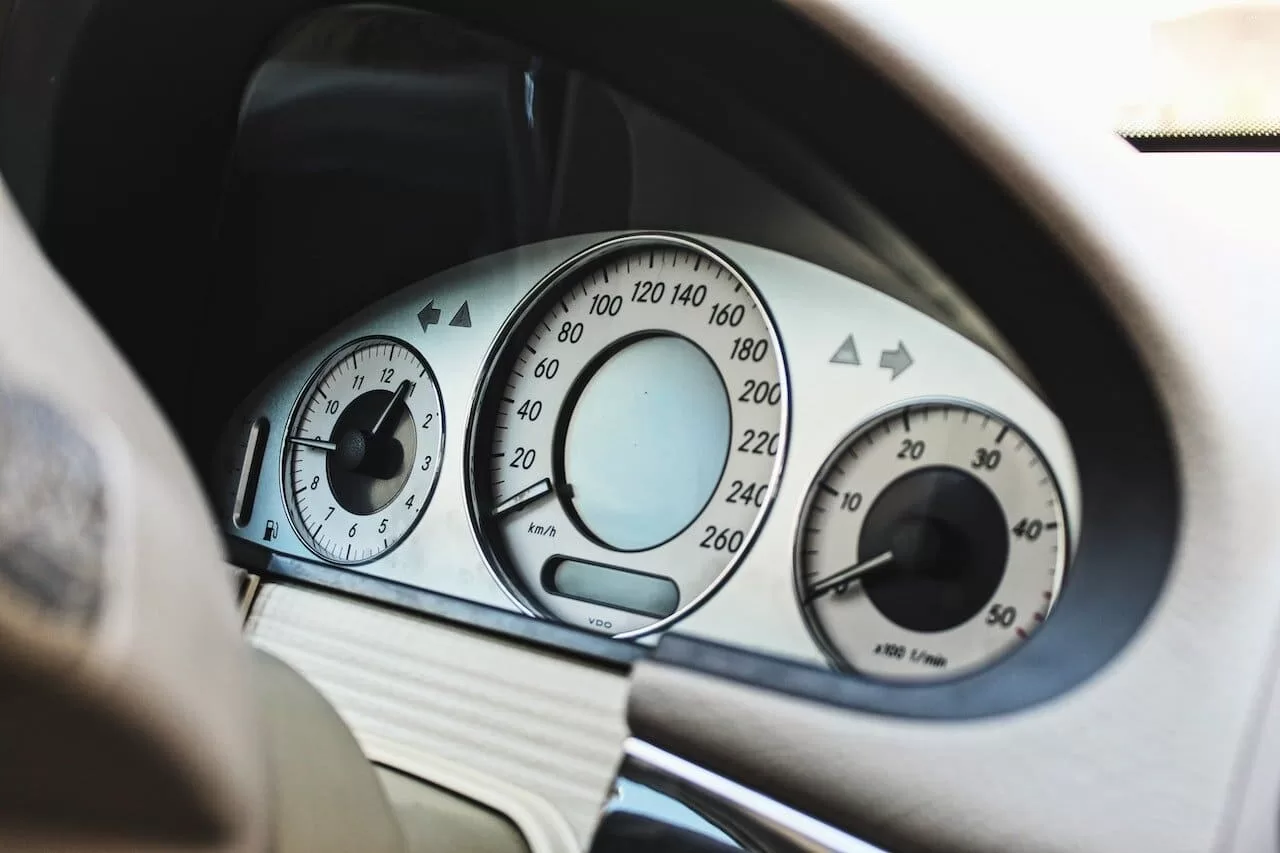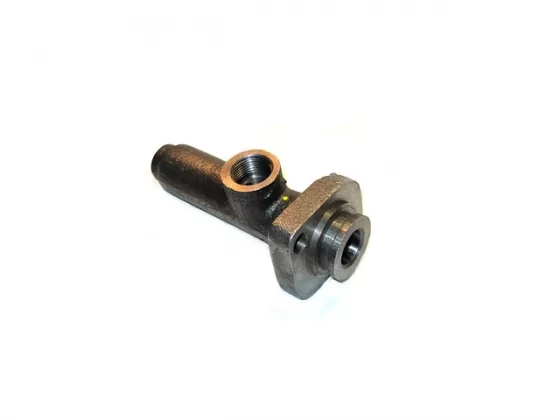A few days ago, I noticed that the fuel average of my car is not as good as it should be. The meter was not giving appropriate readings. My friend said it could be the error of the car’s meter, but it did not turn out so. Then, I saw other symptoms, which gave me some intense sensations that the oil pressure sensor wasn’t working smoothly.
I went to the car expert, and they checked it thoroughly. After that, they confirmed the issue with an oil pressure sensor. I had a long conversation with the mechanics and got a chance to learn about the little dysfunctionalities of the vehicles. To me, every vehicle operator should know about these errors.
Related: A Comprehensive Guide To The Oil Pressure Sensor
What Is An Oil Pressure Sensor?
Oil is an essential part of the engine. It lubricates the engine’s internal components to reduce friction and better workflow. But an engine requires a specific amount of oil, as exceeding or receding oil can cause damage. A device, an oil pressure sensor, is there to understand the usual functionality. It figures out the oil pumping and sends data to the oil pressure gauge on the instrument cluster.
The other names of oil pressure sensors are oil pressure sending units or oil pressure switches (OPS). It’s a vital part of the internal combustion engine which ensures that the oil reaches all the engine parts.
Also visit: Service Engine Soon Light On? Here’s What You Need to Know
What Is The Location Of The Oil Pressure Sensor?
The location of the oil pressure switch can differ as per car model. Mainly, you can see it near the oil filter or housing in the cylinder block. If you own an old model car, the oil pressure switch is straight wired to the oil pressure gauge, where the indicator gets battery power from one side.
The oil sensor is engaged with the electronic control module for new model cars. They calculate the oil pressure and escalate the calculation to the engine’s computer. And that is how the oil pressure-sending units are located.
Types Of Oil Pressure Sensors
We have two types of oil pressure sensors.
-
Oil Pressure Switch
An oil pressure switch is also known as a mechanical gauge. It is directly attached to the oil pressure gauge, giving accurate readings. On the other hand, the mechanical gauge needs maintenance. That’s why cleaning and regularly checking the oil pressure switch is good. This way, it doesn’t cause blockage and keeps the car working firmly.
-
Oil Pressure Sender
The oil pressure sender has another name, called electric gauge. It’s associated with an electronic control module. Contrastingly to mechanical gauge, electrical gauge doesn’t need regular checkups as it requires low maintenance. But you have to verify the working of it to mitigate risk. Besides, you will get an accurate reading with the help of an oil pressure sender.
So, here we have a difference between an oil pressure switch and an oil pressure sender. Depending upon the model of your vehicle, you can upgrade your oil pressure sensor.
Symptoms Of A Faulty Oil Pressure Gauge
Whether your oil pressure sensor is mechanical or electric, keep checking it after a specific interval. It will save you time and other hazardous incidents. If the oil pressure sensor of your vehicle is faulty and you are a beginner, I will give you some easy tips to know the accurate oil pressure gauge working. Below are the easy signs to check the performance of the oil pressure sending unit.
-
Inaccurate Readings
The engine oil pressure gauge will give you the wrong reading. Either the pointer will get stuck at the full or the end. Moreover, while driving, the arrow may move abruptly. So the unusual meter readings are the most apparent reason behind the lousy oil sensors.
-
A Blinking Oil Pressure Light
Technically, the oil pressure light turns on when there is some fault in the engine oil. It may be lower running or fuel leakage. But checking the engine oil level is good if the light is repeatedly triggering. But do not forget to check the oil pressure sensor also. Therefore, visit the expert and get it done.
-
Engine Light Turns On
If you see your engine light on constantly, there must be an issue with some part of the engine. Without wasting time, visit the mechanic, and they will check the car thoroughly. If your engine oil levels are accurate, the sensors must be wrong. So change the sensors as soon as possible.
Frequently Asked Questions
Here are some questions that people ask most of the time. I guess the answers will be entirely satisfactory.
What If The Oil Pressure Sensor Fails?
You know, the oil pressure sensor tells the readings. So, when it fails, the readings will be inaccurate. For instance, it will show false engine oil levels or lousy fuel efficiency. Hence, it happens when the oil pressure sensor goes wrong.
Can You Drive With A Faulty Oil Pressure Sensor?
A vehicle can operate itself even if the oil pressure sensor is not working. But it is dangerous to drive a car without knowing the accurate readings. Better try to get it fixed and go stress less.
How Much Does It Cost To Replace An Oil Sensor?
The prices of oil pressure sensors vary per brand. Moreover, the model of your vehicle is another necessary thing to know. Hence, the cost of replacing the oil sensor depends upon both the aforementioned things, and you can get it between $50 and $250.
Do Oil Pressure Sensors Leak?
Yes, a bad oil pressure sensor can make the oil leak. Mostly, it starts leaking when you do not change it for a long time. That’s why replacing the oil pressure sensor is mandatory after some interval.
Final Thoughts
Oil is the essential part of the engine, which lubricates every other part and keeps the functions regular. To maintain the oil level, there is a device you call an oil pressure sensor. it tells the average oil level. So, checking the oil pressure switch is mandatory even if you have an electronic gauge. Keep your car updated, as a well-maintained car reduces stress and saves you from several hurdles.





